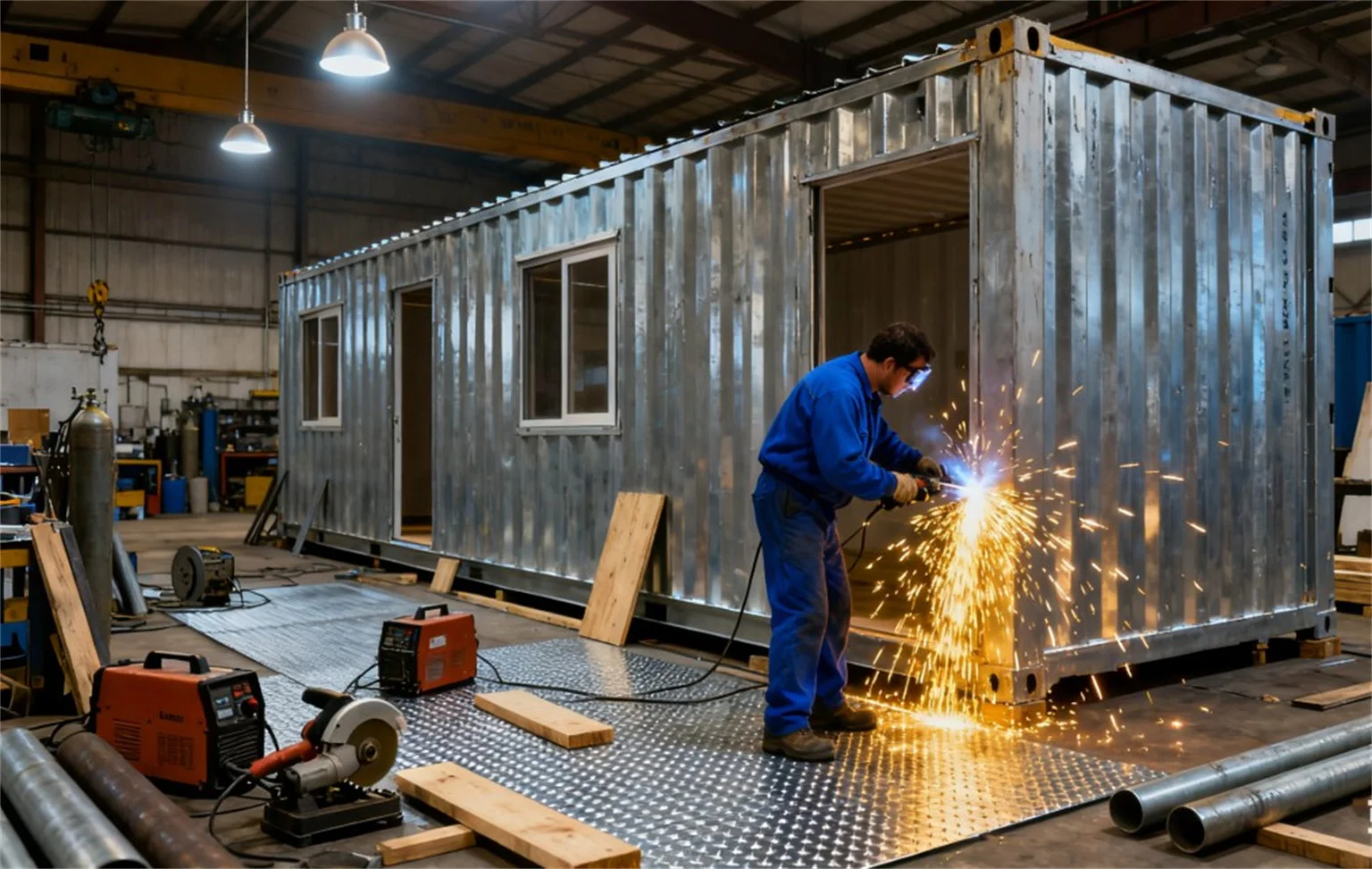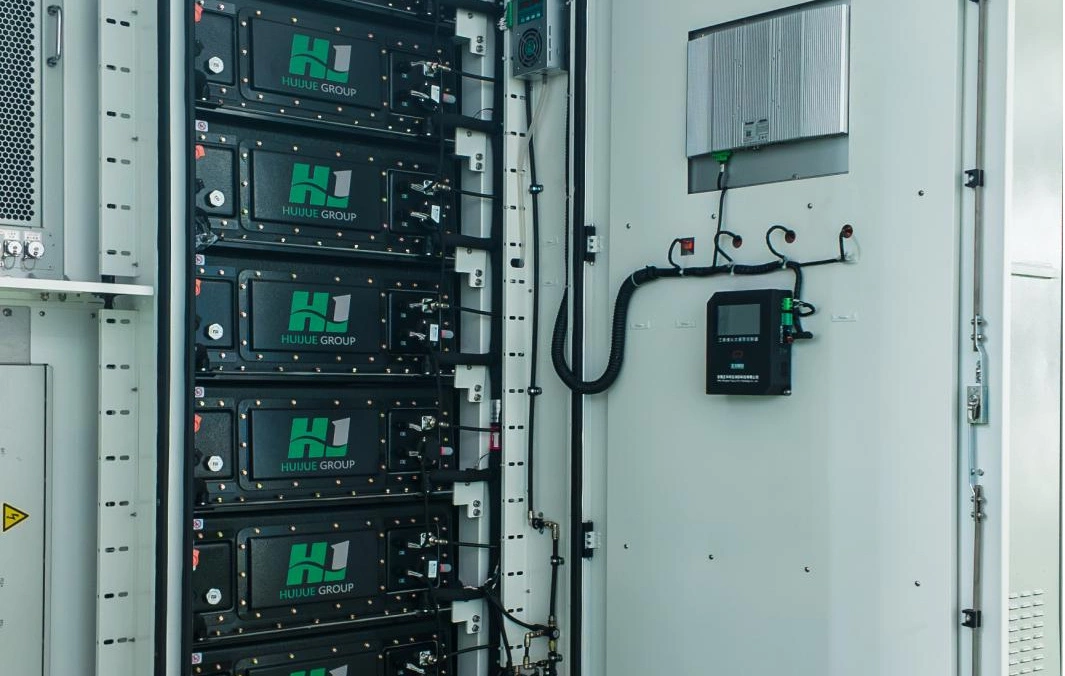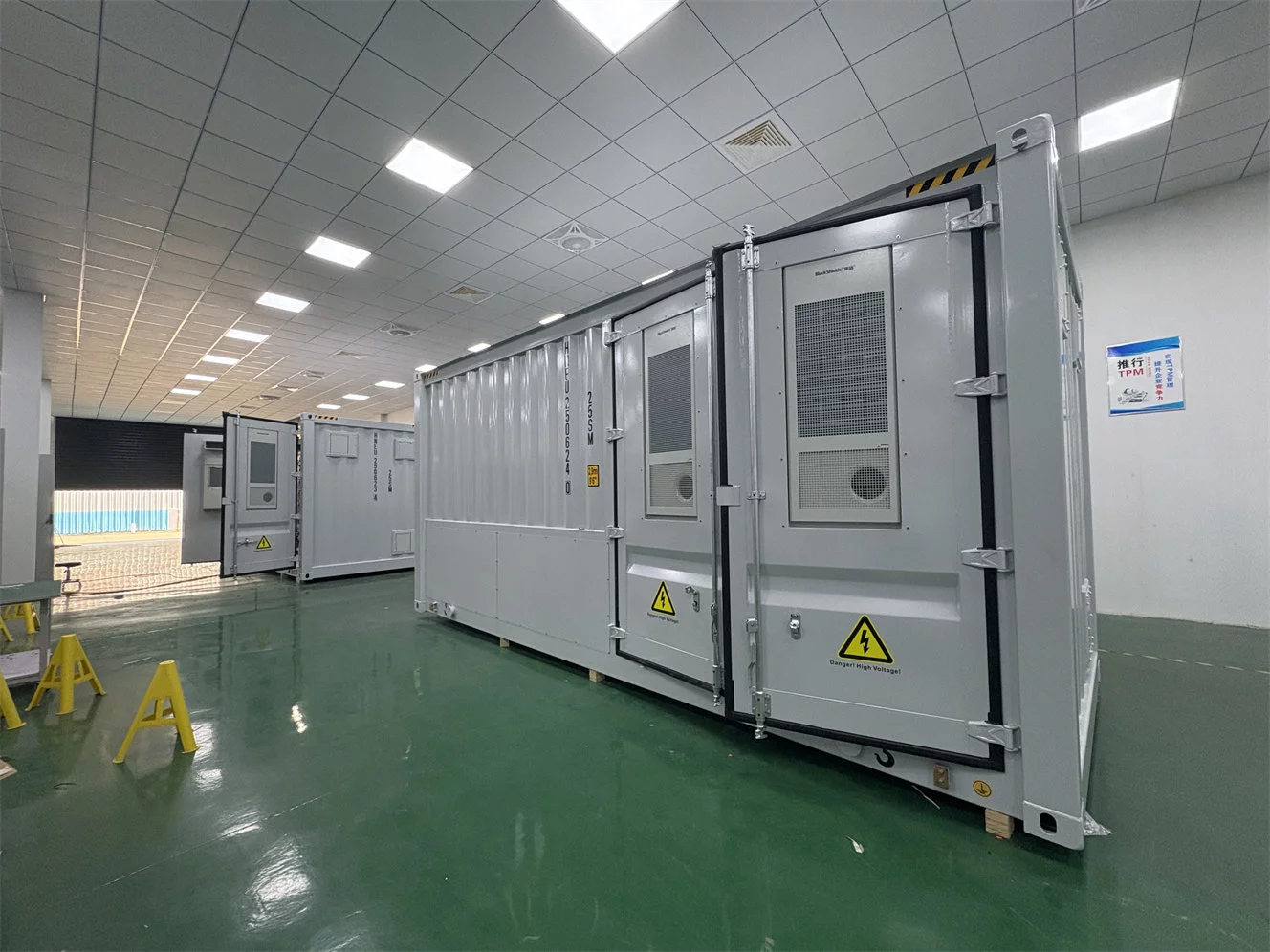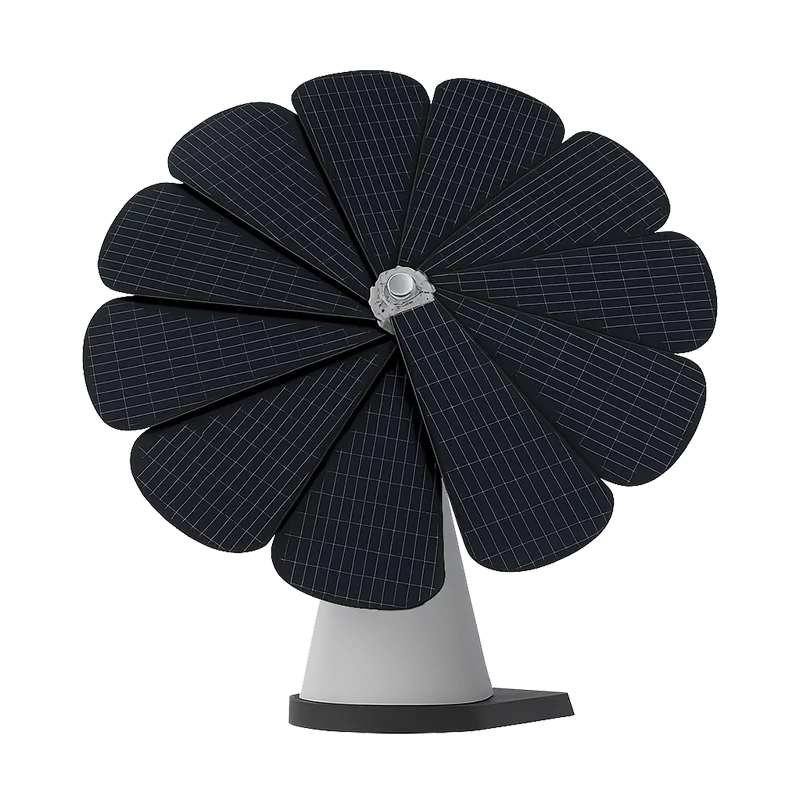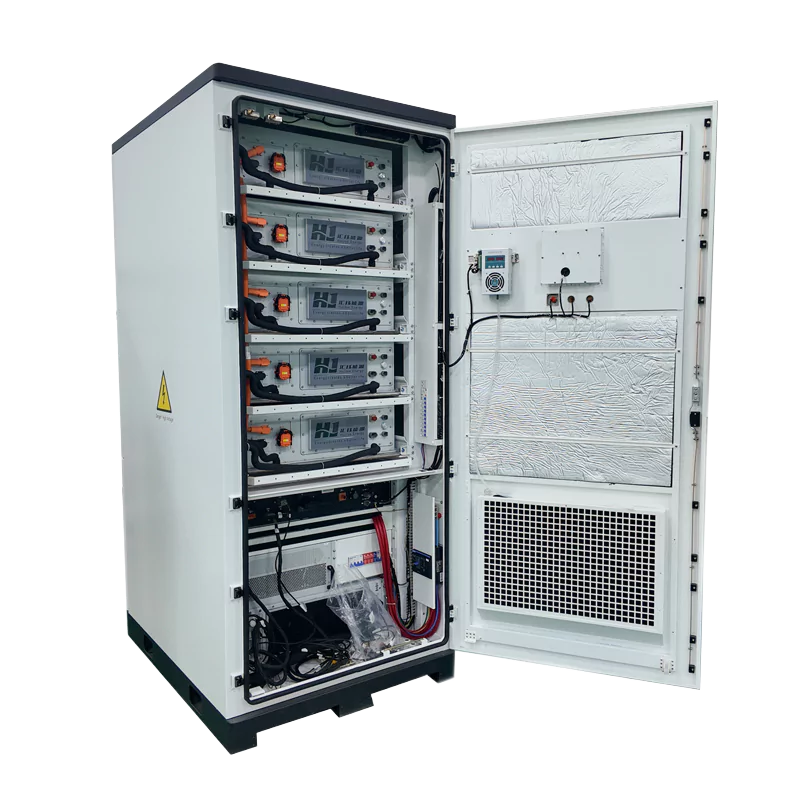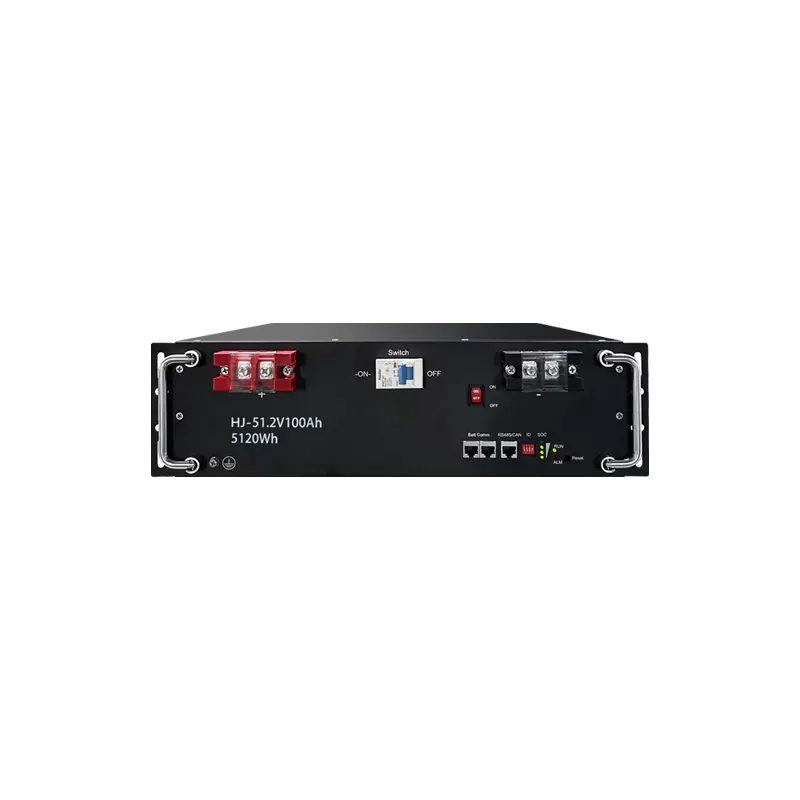How much is the BESS? Past Decade Analysis and Future Forecast (2016-2036)
Battery Energy Storage Systems (BESS) have become one of the most dynamic sectors in clean energy. Over the past decade (2016–2026), costs have plummeted by more than 70%, transforming BESS from a niche technology into the backbone of grid modernization and renewable integration. As we look ahead to 2036, another decade of innovation and optimization is on the horizon — driven by AI, second-life batteries, and policy-driven localization.

1. What Determines the Cost of a BESS?
Before we dive into price evolution, it’s essential to understand what drives the total cost of a BESS project. The system price is not just about batteries — it includes power electronics, balance of system, software, and lifecycle performance.
- Battery Pack Cost: The lithium-ion cell and pack assembly, typically 50–60% of total cost.
- Power Conversion System (PCS): Inverters, transformers, and switchgear that convert energy between AC and DC.
- Balance of Plant (BoP): Thermal management, fire suppression, housing, and cabling.
- Software & EMS: The energy management system that controls performance, safety, and optimization.
- Installation & O&M: Civil works, commissioning, and long-term maintenance costs.
Understanding these components allows developers to evaluate Levelized Cost of Storage (LCOS) more accurately — a critical metric for financial decision-making.

2. The Past Decade (2016–2026): From Expensive Pilots to Scalable Reality
In 2016, BESS technology was largely experimental outside a few grid-scale pilots. Lithium-ion batteries cost around $900–1,000/kWh, dominated by NMC chemistry. By 2021, due to EV-driven scale and improved energy density, prices had dropped to $550/kWh. By 2026, costs are projected to fall below $300/kWh, as LFP chemistry takes over for stationary storage.
| Year | Estimated Average BESS Cost ($/kWh) | Key Drivers |
|---|---|---|
| 2016 | 950 | Early lithium-ion adoption, small-scale pilots |
| 2021 | 550 | EV supply chain scaling, new chemistries |
| 2026 | 300 | Mass production, LFP dominance, China-led cost down |
Between 2016 and 2026, the cost structure of BESS has been reshaped by four main forces:
- China’s industrial scale — Gigafactories and LFP chemistry leadership reduced global pack prices by more than 40% between 2020–2025.
- Policy-driven acceleration — The U.S. Inflation Reduction Act and EU Green Deal created demand certainty and tax incentives for domestic production.
- Technological learning curves — Improved cycle life and round-trip efficiency have reduced LCOS by 50% since 2016.
- Digital control systems — Enhanced predictive maintenance and EMS software reduced O&M costs by 20–25%.
The global BESS market has transitioned from small pilot projects to mainstream adoption. According to IEA data, annual installed BESS capacity grew from under 1 GWh in 2016 to over 80 GWh by 2026.
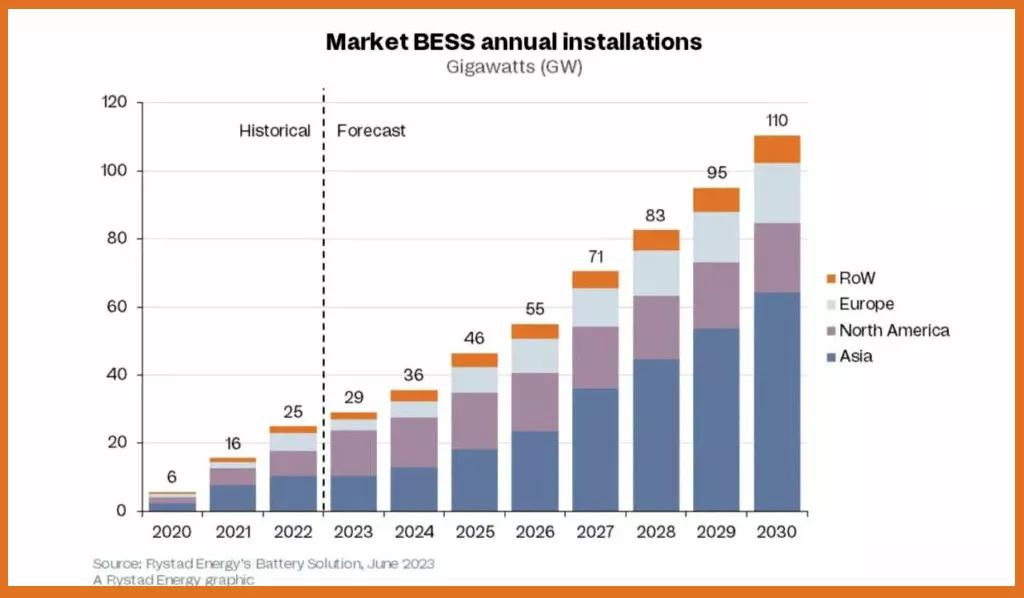
3. Regional Cost Comparison in 2026
Although global costs are converging, local market conditions, labor costs, and policy frameworks still produce notable regional differences in 2026:
| Region | Average 2026 Cost ($/kWh) | Remarks |
|---|---|---|
| United States | 320–380 | Higher labor & safety standards, offset by tax incentives |
| China | 250–280 | Lowest global cost, vertically integrated supply chain |
| Europe | 350–420 | Policy-driven market, localized production growing |
| Africa | 380–450 | Import-dependent but growing solar+BESS adoption |
| South Africa | 360–400 | Government tenders and mining industry demand |
Each region’s BESS cost is influenced by its policy support, supply chain maturity, and project financing environment. For instance, the U.S. DOE supports long-duration storage R&D, while China leads in LFP and sodium-ion battery commercialization.
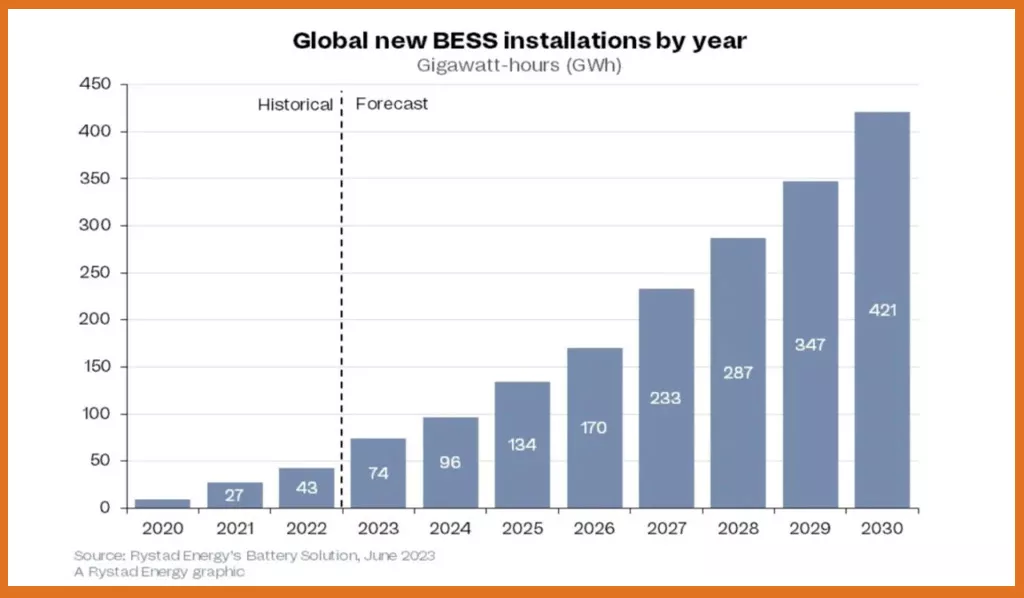
4. The Next Decade (2026–2036): Smarter, Cheaper, More Integrated
Looking forward to 2036, BESS technology is poised for a transformation beyond just cost decline. Integration, intelligence, and sustainability will define the next wave of competitiveness.
- AI-Driven Operation: Machine learning-based EMS will optimize dispatch, extending battery lifespan and cutting degradation losses.
- Second-Life Batteries: Repurposing EV packs will reduce raw material pressure and bring costs down to $100–150/kWh.
- Sodium-Ion and Solid-State Batteries: Emerging chemistries will complement lithium-based systems in stationary applications.
- Hybrid Systems: Solar + wind + BESS microgrids will dominate rural electrification in Africa and South Asia.
By 2036, the global average BESS cost is expected to fall below $150/kWh, while LCOS could reach as low as $0.06/kWh for long-duration applications.
5. LCOS: The Real Measure of Storage Competitiveness
While CAPEX remains a primary metric, the Levelized Cost of Storage (LCOS) offers a more realistic measure of competitiveness, incorporating degradation, efficiency, and operational costs over the system’s lifetime.
Typical LCOS values in 2026:
- Utility-scale lithium-ion BESS: $0.09–0.13/kWh
- Commercial/industrial BESS: $0.12–0.16/kWh
- Residential storage systems: $0.18–0.25/kWh
Developers and financiers can use our free downloadable Excel template to calculate LCOS under different assumptions:
Download Free BESS Cost & LCOS Calculator
Download the BESS Cost & LCOS Excel Template — it includes adjustable parameters for CAPEX, OPEX, efficiency, lifetime, and energy throughput, helping users perform detailed sensitivity analyses for various storage technologies and market conditions.
6. Key Takeaways: 20 Years of Evolution in One View
- 2016: BESS cost nearly $1,000/kWh — early adoption phase.
- 2026: Costs below $300/kWh — large-scale deployment era.
- 2036: Sub-$150/kWh — intelligent, circular, and ubiquitous storage.
As the world moves toward full renewable integration, energy storage will not just be a cost factor but a strategic asset — balancing grids, stabilizing renewables, and unlocking decentralized energy markets.
References
- International Energy Agency – Energy Storage Outlook
- BloombergNEF – Battery Price Survey
- U.S. Department of Energy
Find Your Solar + Battery Storage Specialist Now!
* Fill out this form and our experts will help you find the perfect solar storage solution for your home or business.




